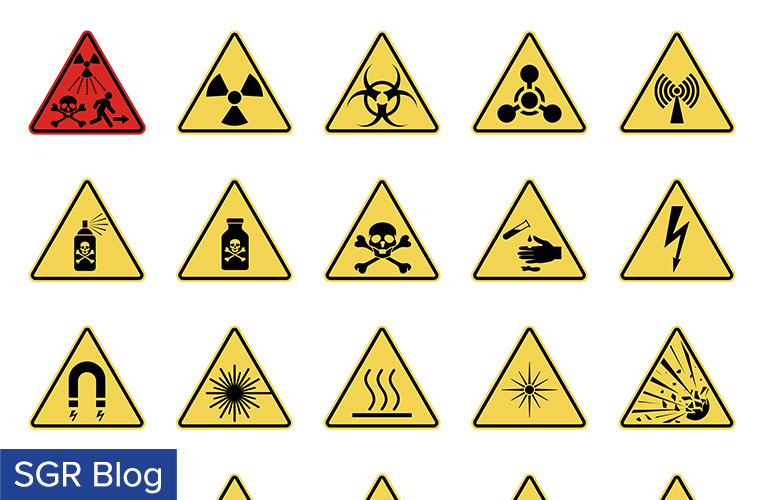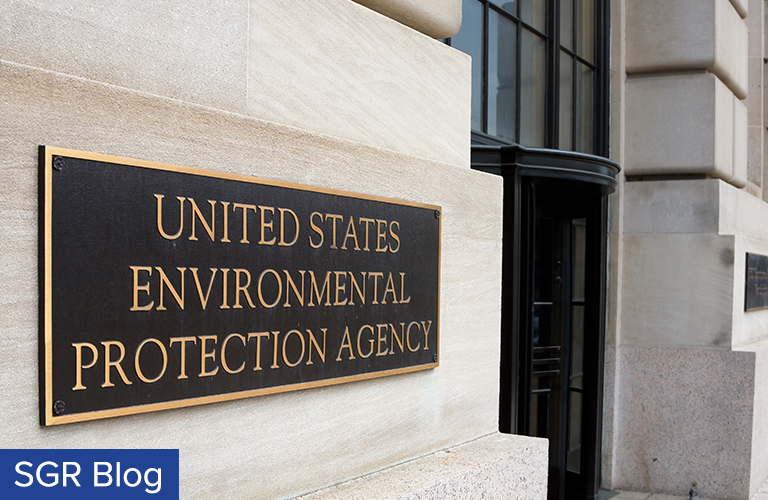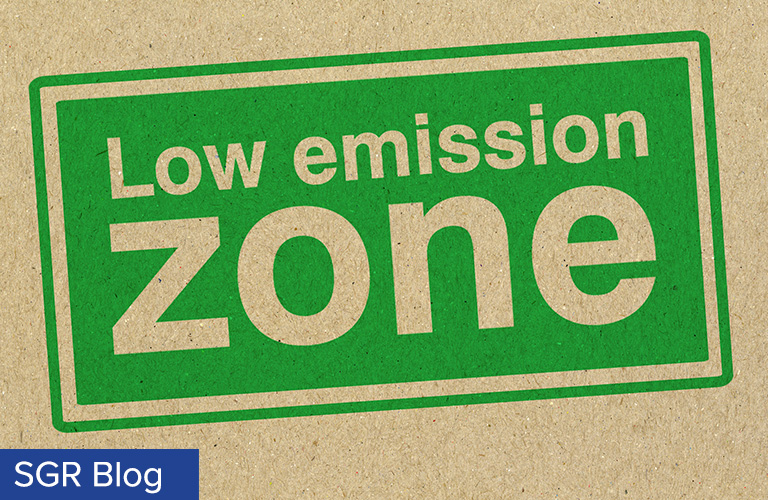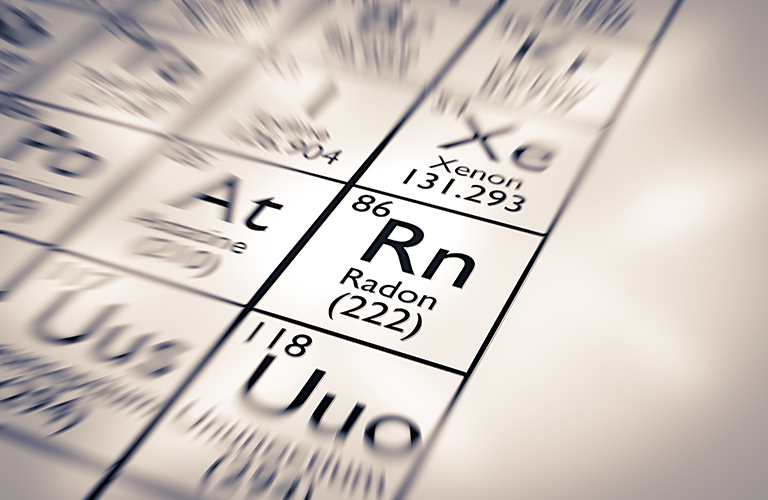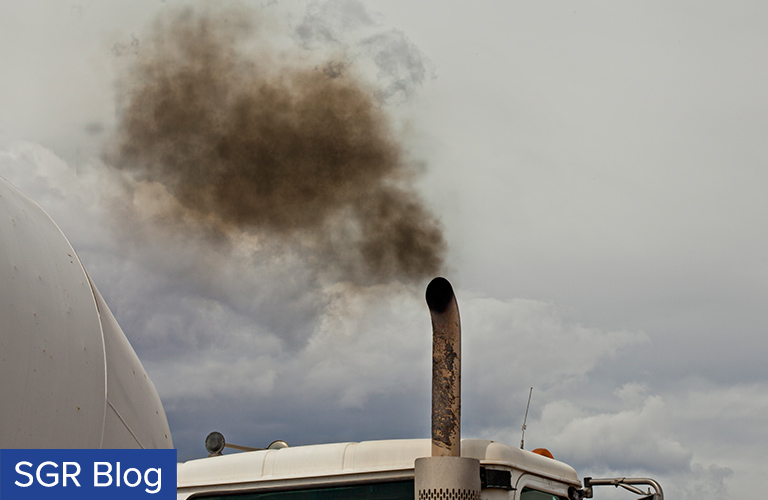
A Federal District Court in Utah ruled that a group of physicians had standing to sue the host of a popular television show, “Diesel Brothers,” for alleged violations of the Clean Air Act resulting from modifications to pollution control devices installed on trucks. At issue on appeal, is whether the Utah physicians for a healthy environment (UPHE”) group can allege a justiciable harm and demonstrate “redressability and causation” both of which are required elements to establish standing. The Diesel Brothers argue on appeal that the UPHE cannot demonstrate that they were injured by the excess emissions caused by the vehicle… Read more



